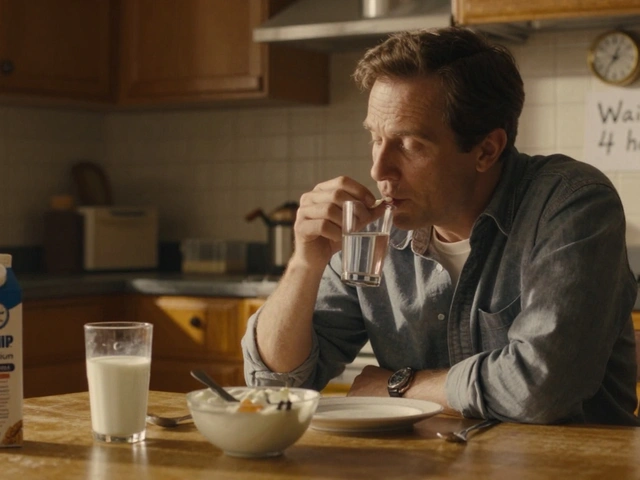Managing OCD: Practical steps that actually help
OCD can feel like a loop that won’t stop. You get a worry or image, and your brain screams for a ritual to make it go away. That relief is temporary, and the loop tightens. You don’t need magic—small, consistent moves change how your brain responds. Here are clear, usable strategies you can start today.
Therapy and techniques that work
The most effective therapy for OCD is cognitive behavioral therapy with exposure and response prevention (ERP). ERP asks you to face the thought or situation that triggers anxiety and then deliberately avoid doing the compulsion. It sounds scary because it is, but done in small, planned steps with a trained therapist it reduces how much power those thoughts have. Start with a list of triggers from least to most upsetting. Work with a therapist to design short, repeatable exposures—30–60 minutes is often enough—and skip the ritual afterwards. Over time, the anxiety drops on its own.
If ERP feels impossible, begin with behavioral experiments: delay a small ritual for five minutes, then increase the delay. Track your anxiety on a 0–10 scale before, during, and after. You’ll likely see it peak and then fall without the ritual. Add simple grounding tools—deep breathing, 5-4-3-2-1 sensory checks, or a short walk—to ride out spikes.
Medications and when to consider them
When thoughts are too loud for therapy alone, medications can help. Selective serotonin reuptake inhibitors (SSRIs) at higher-than-usual doses, or clomipramine, are commonly used for OCD. They don’t cure OCD overnight but can lower baseline anxiety and make therapy easier. Some people need a combination of meds and ERP. Talk with a psychiatrist about side effects, realistic timelines (6–12 weeks for effect), and whether augmentation (adding a low-dose antipsychotic) might help.
Never stop or change meds without professional guidance. If you notice worsening mood or suicidal thoughts, contact a provider or emergency services right away.
Daily habits matter. Get regular sleep, move your body, and cut back on caffeine and alcohol—these can amplify anxiety and make rituals harder to resist. Build a short, consistent routine: morning sunlight, a simple 10-minute exercise, and one focused task mid-day. Small wins pile up.
Practical supports help too. Use quick notes to remind yourself of ERP steps, set timers to delay rituals, and involve a trusted person who can gently support your goals without giving reassurance. Online peer groups and worksheets can add structure, but prioritize a therapist trained in ERP.
Managing OCD is a process, not a single fix. With guided exposures, steady habits, and the right meds when needed, most people reduce compulsions and reclaim time and energy. If you’re unsure where to start, book a consultation with a clinician who knows OCD—ask about ERP first.
The Role of Medication in Managing Obsessive-Compulsive Disorder
Well folks, here's the scoop on obsessive-compulsive disorder (OCD) and the magic of medication! Imagine medication as a superhero, swooping in to manage those pesky OCD symptoms. It's not a one-size-fits-all kind of deal, but boy, can it make a world of difference! SSRIs and Clomipramine are the names of our caped crusaders here, helping to dial down those brain chemicals that make OCD tick. So, while it's not the only trick in the book, medication can play a huge role in managing OCD, making it less like a roaring lion and more like a purring kitten!
Health and WellnessLatest Posts
Tags
- online pharmacy
- medication
- dietary supplement
- side effects
- online pharmacy UK
- medication safety
- mental health
- impact
- online pharmacies
- dosage
- skin health
- health
- pain relief
- dietary supplements
- massage therapy
- medication side effects
- eye inflammation
- health benefits
- mental health treatment
- thyroid medication




